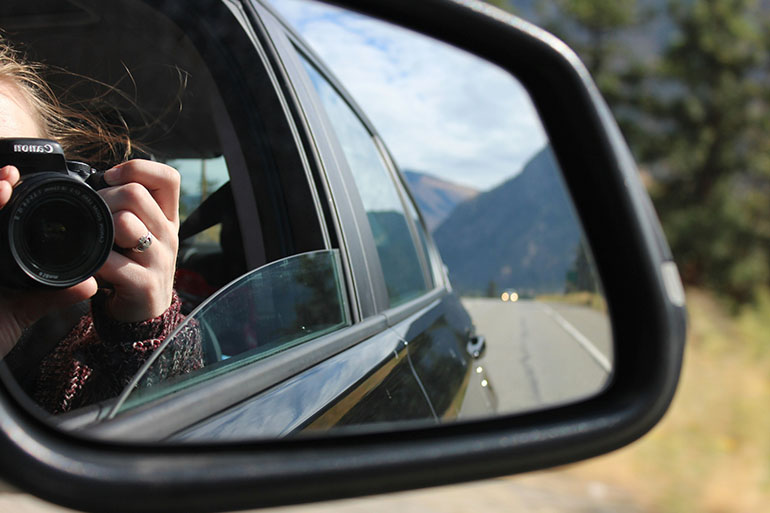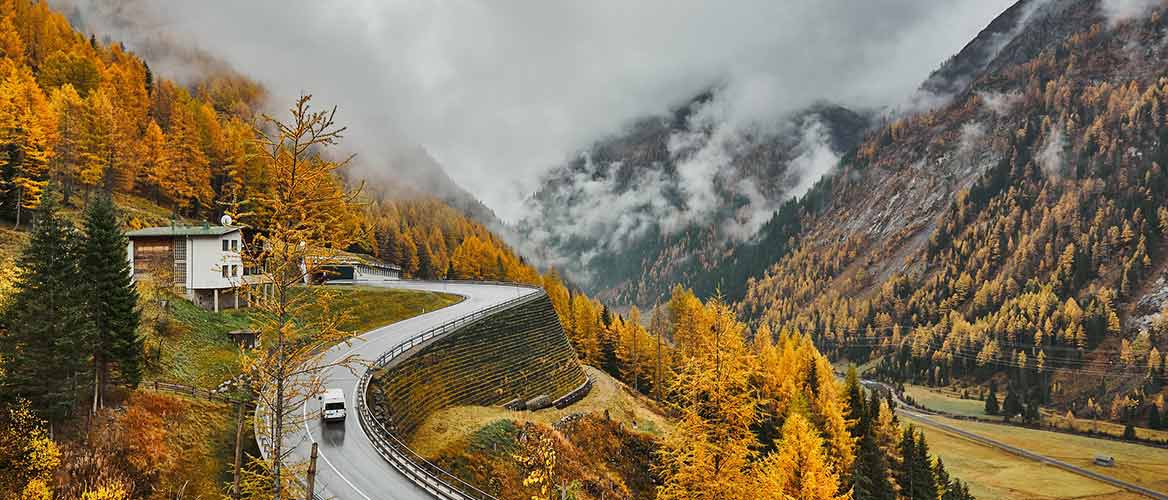August 17, 2021
February 27, 2024
Whether you are planning to drive for work or pleasure in a foreign country, it is imperative to familiarise yourself with the local rules of the road, and any idiosyncrasies of the motoring cultures and conventions, before you get in the driver’s seat! So, if you’re thinking about driving in Spain, here are a few things you’ll want to consider, because the Spanish road rules, Spanish toll roads and traffic systems are likely to differ in some way from those of your home country.

Check your licence!
If you are a permanent resident of Spain, you need to check whether your Drivers Licence from your home country is valid in this country. If you are from the EU, it should be no problem. However, in pre-Brexit times, UK licence holders could freely use their British licence, but now, in the post-Brexit era, it is necessary to have a Spanish licence if you are a permanent resident. Check out a useful article with all the details. It Is also worth noting that you should also carry your driver’s licence with you when you are driving, and have a copy of the car insurance details and other related documents (or at least a digital copy you can retrieve on your phone) so you can produce them if you are stopped by the police or Guardia Civil.
Stay Right!
Remember that in Spain they drive on the right-hand side of the road (unlike in Britain), which can be challenging to get used to at first, especially if you are in a British car, with the driver’s seat on the right-hand side. It does help if you have a Spanish car, with the driver’s seat on the left, as it seems to help to reorientate your body to do things in the opposite fashion. If you are worried about this, try to familiarise yourself with the streets and traffic flow first, either as a pedestrian, or perhaps by booking a few driving lessons to boost your confidence in a more controlled environment.
Put down your devices!
Using a mobile phone while driving is prohibited, but hands-free devices are allowed. In the same way, the hands-free use of a GPS navigation app is allowed, but actually programming a GPS while driving is considered an offense. It is also important to know that other technological devices such as radar detectors or headphones cannot be used when driving.
Stay Safe!
All car occupants must wear seatbelts, and children under 12 cannot sit in the front seat.
In the event of an accident or breakdown, you must wear a reflective jacket, and place a warning triangle behind the vehicle when stopped on the road. These items should be kept in your car at all times, and rental car companies should provide them as standard.
Be aware of your speed!
In general, the following are the usual speed limits, but you must keep an eye out for specific speed limits, which will be signposted. Regardless of the official speed limit, the rule is that drivers must adapt their speed to adverse road and weather conditions so its your responsibility to slow down if the roads are congested or more precarious.
General speed limits are:
• Up to 50km/h in town, residential, and built-up areas.
• Up to 90km/h out of town.
• Up to 100km/h on dual roads, carriageways, and roads with overtaking lanes.
• Up to 120km/h on motorways.
Parking and entry permits:
Pay attention to the specific limitations and rules of different parking areas. Don’t park in spaces reserved for disabled drivers, permit holders or in areas with yellow or red-painted curbs if you do not have permission to do so. Many cities have a specific system of green and blue markings to show which streets are free parking, and which are paid parking spots.
Also be aware that some Spanish cities, like Madrid, also have green or low emission zones, and there are local road rules that you must be careful to obey. For example, you may be fined if you enter a specific area of a city centre in a car that is not permitted to enter, as it is not authorised or designated as being of the correct ecological band. For more details of this check the council (Ayuntamiento) websites of the city you will be driving in, in advance.
Driving on Spanish Roads and Spanish Toll Roads
Since you’ll be driving on Spain’s various motorways and regional roads, there are a few things you should find out first. What is the state of Spain’s roads? Are they in good condition? What about tolls? It is useful to learn more about Spain’s national road network before you embark on your travels around this stunning country.

What are Spanish roads like?
It could be argued that Spain has one of the best transport infrastructures in all of Europe. Since joining the EU, Spain has benefited from major development funds that helped drastically improve its roads.
Today, Spain has a fantastic road system, with well-built and surfaced roads that give travellers access to the deepest corners of the country. Often there is little to no traffic on the roads (apart from in densely populated areas, around Madrid and the coast). This is partly because, unlike in more densely populated countries, when upgrading roads in Spain they tend to build a new road near the old one (instead of improving the existing road). So, on many routes there can be three parallel roads – the historic route, the post-Franco new road, and the more recent “autovia” highway.
And what about motorways in Spain?
Spanish motorways can be divided into two categories: the busy ones, which are often toll roads, which mostly radiate from Madrid and along the Mediterranean coast, and then the others, which mostly carry only light traffic (nearly all of these are free).
- Spain’s toll motorways, officially known as Autopistas, are denoted by the letters AP (e.g. AP8).
- Spain’s free motorways, usually referred to as Autovias, are denoted by the letter A (e.g. A66).
However, around Madrid the system varies slightly, and is more complicated. Madrid is a maze of motorways and has two additional types of motorways – M motorways (which stands for Madrid) and R motorways (for Radial). The main orbital routes surrounding Madrid are the M30, M40, M45 and M50.
What are the Spanish road rules for toll roads?
The majority of roads in Spain’s national network are free to use, including motorways. However, there are a series of highways that require a toll payment, and these are mostly motorways.
Peaje is the Spanish word for toll, so if you see this sign, you are about to enter a toll road and need to be ready to slow down, pass through the barriers and take your ticket, or pay using the usually automated teller machines. Tolls can be paid in cash, by credit card, or using electronic toll services (you have to install this on a device in your car before traveling).
The amount to pay varies depending on the specific road section and distance travelled, but in general there are free alternative roads you can use to avoid the tolls. We are lucky nowadays that Google Maps will do all the hard work for you and give you options of directions for routes with and without tolls. However, you can also download our useful TOLL ROAD GUIDE which shows where all the major toll roads in Spain are located, and additional information, advice and travel tips, including some useful Spanish phrases you may need when driving.
What papers do I need before driving?
As I mentioned earlier, you need to make sure your licence is in order, and obviously it goes without saying that you MUST have car insurance to drive legally and responsibly in Spain. Double-check the documents you must carry in your car, and of course, invest in good car insurance so that you feel secure and confident to make the most of your road trips. It is always worth looking into the benefits that your insurers can give you, as policies can include added extras that give even more piece of mind. For example, Caser Expat insurance also includes the “Autohelp” feature which automatically detects if your car is in an accident and calls 112 with your location. It’s easy to find out more about these added value benefits and to receive a quick no obligation quote on the Caser Expat Car insurance page.
Now you that you know more about the Spanish road rules and toll roads in Spain, we encourage you to pick up your bags and hit the road like Thelma and Louise! Driving is one of the best ways to discover and get the feel for new places, so start planning your next road trip now!
|
If you are searching for car insurance in Spain, Caser Expat Insurance has the right policy for you! |
.png?width=344&height=67&name=logo_caser%20(2).png)







Let Us Know What You Thought about this Post.
Put your Comment Below.